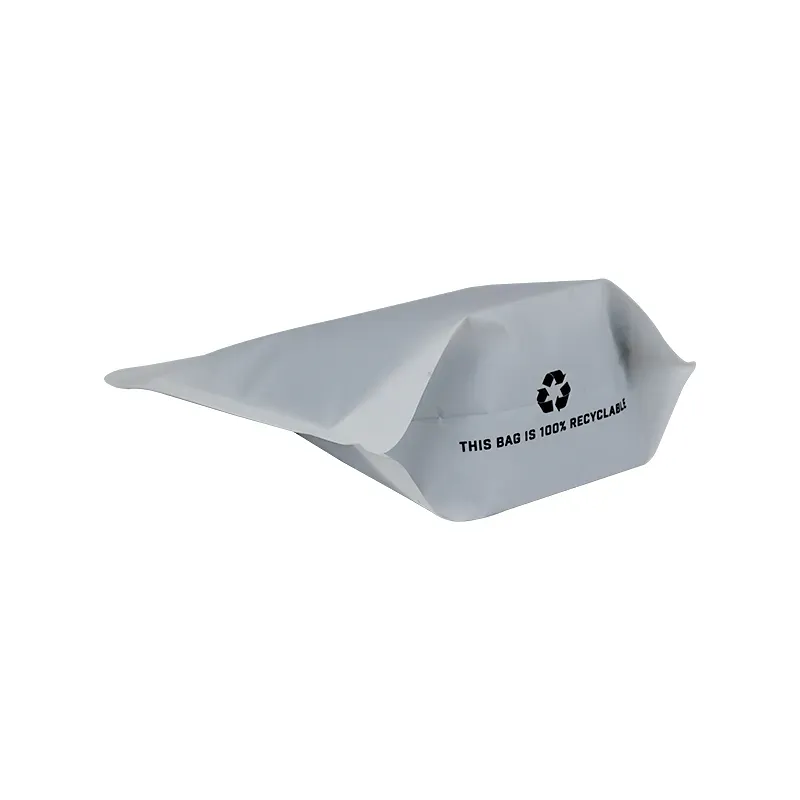- Afrikaans
- Albanian
- Amharic
- Arabic
- Armenian
- Azerbaijani
- Basque
- Belarusian
- Bengali
- Bosnian
- Bulgarian
- Catalan
- Cebuano
- chinese_simplified
- chinese_traditional
- Corsican
- Croatian
- Czech
- Danish
- Dutch
- English
- Esperanto
- Estonian
- Finnish
- French
- Frisian
- Galician
- Georgian
- German
- Greek
- Gujarati
- haitian_creole
- hausa
- hawaiian
- Hebrew
- Hindi
- Miao
- Hungarian
- Icelandic
- igbo
- Indonesian
- irish
- Italian
- Japanese
- Javanese
- Kannada
- kazakh
- Khmer
- Rwandese
- Korean
- Kurdish
- Kyrgyz
- Lao
- Latin
- Latvian
- Lithuanian
- Luxembourgish
- Macedonian
- Malgashi
- Malay
- Malayalam
- Maltese
- Maori
- Marathi
- Mongolian
- Myanmar
- Nepali
- Norwegian
- Norwegian
- Occitan
- Pashto
- Persian
- Polish
- Portuguese
- Punjabi
- Romanian
- Russian
- Samoan
- scottish-gaelic
- Serbian
- Sesotho
- Shona
- Sindhi
- Sinhala
- Slovak
- Slovenian
- Somali
- Spanish
- Sundanese
- Swahili
- Swedish
- Tagalog
- Tajik
- Tamil
- Tatar
- Telugu
- Thai
- Turkish
- Turkmen
- Ukrainian
- Urdu
- Uighur
- Uzbek
- Vietnamese
- Welsh
- Bantu
- Yiddish
- Yoruba
- Zulu
Innovative Solutions in Digital Packaging for Modern Shipping and Sustainability Strategies
Embracing Digital Packaging The Future of Sustainable and Smart Solutions
In the rapidly evolving world of consumer goods, digital packaging has emerged as a game-changing force that is revolutionizing how products are presented, marketed, and consumed. This innovative approach integrates technology with traditional packaging, enhancing both functionality and sustainability. As businesses strive to meet the demands of modern consumers, exploring the possibilities of digital packaging is not just a trend; it’s a necessity.
What is Digital Packaging?
Digital packaging refers to the inclusion of digital technologies in packaging solutions, allowing for enhanced interactivity, personalization, and functionality. This can include QR codes, augmented reality (AR), NFC (Near Field Communication), and smart labels embedded with data that consumers can easily access with their smartphones or other devices. These technological advancements not only streamline the consumer experience but also provide businesses with valuable insights into customer behavior.
The Role of Sustainability
With increasing awareness of environmental issues, sustainability has become a crucial aspect of packaging. Digital packaging offers a pathway toward more eco-friendly solutions. By minimizing material waste through smart design techniques and creating packaging that can be easily recycled or repurposed, companies can significantly reduce their environmental footprint. For instance, brands can use digital printing technologies to produce customized packaging on-demand, thereby avoiding overproduction and excess inventory, which contributes to waste.
Moreover, digital packaging can facilitate better tracking of materials throughout the supply chain, ensuring that sustainability claims are not just marketing gimmicks but are backed by data. Consumers today are more inclined to support brands that demonstrate a commitment to the environment, and utilizing digital solutions in packaging not only helps companies reduce waste but also enhances their brand image.
Enhancing Consumer Engagement
Digital packaging offers unparalleled opportunities for consumer engagement. By integrating interactive elements such as AR experiences, brands can create a more immersive shopping experience. For example, scanning a product's packaging could bring up a virtual representation of the product in action, informative videos, or even customer testimonials. This sort of engagement not only captures consumers’ attention but also builds a stronger connection between the brand and its audience.
digital packaging

Additionally, personalized packaging can significantly enhance customer satisfaction. Through digital technology, brands can utilize customer data to create tailored experiences. This could mean offering personalized messages or packaging designs relevant to individual customers, making the shopping experience feel special and unique. This level of personalization encourages loyalty and fosters a deeper trust in the brand.
Data-Driven Insights
One of the most compelling advantages of digital packaging is the ability to collect and analyze data. Smart packaging can gather a tremendous amount of information about consumer interactions, preferences, and behaviors. This data can inform future marketing strategies, product development, and supply chain decisions. Brands can identify trends, such as which products are most scanned or which AR features are most engaged with, enabling them to optimize their offerings in real time.
With real-time feedback, businesses can quickly adapt to changing consumer needs, ensuring that their packaging remains relevant and appealing. This data-driven approach not only enhances consumer satisfaction but also fosters innovation within the organization.
Challenges to Overcome
While the benefits of digital packaging are substantial, there are also challenges that companies must navigate. The initial investment in technology, training staff, and developing an effective digital strategy can be significant. Additionally, brands must balance the allure of enhanced interactivity with the simplicity that consumers often prefer. Packaging should remain user-friendly while providing enough sophistication to capture interest.
Data security is another critical issue, as brands must ensure that consumer data is protected against breaches and misuse. Establishing trust with customers regarding their data privacy is essential for any digital initiative.
Conclusion
Digital packaging is poised to become a cornerstone of modern branding and marketing strategies. By integrating technology into packaging, companies can not only meet the demands of environmentally conscious consumers but also create engaging, personalized experiences that drive loyalty and sales. The fusion of sustainability with smart packaging solutions heralds a new era where brands can thrive in an increasingly digital and eco-friendly marketplace. As we move forward, embracing digital packaging will be vital for businesses seeking to innovate and differentiate themselves in a competitive landscape.













